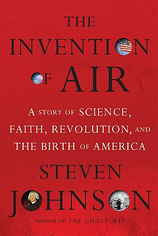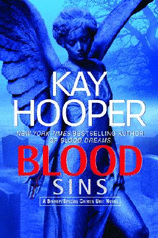New from William Morrow: A Matter of Justice (An Inspector Ian Rutledge Mystery) by Charles Todd. About the book, from the publisher:
About the book, from the publisher:
The superb new entry in the historical series the New York Times Book Review hails as "outstanding" and the Cleveland Plain Dealer calls "superb"Visit the Charles Todd website.
At the turn of the century, in a war taking place far from England, two soldiers chance upon an opportunity that will change their lives forever. To take advantage of it, they will be required to do the unthinkable, and then to put the past behind them. But not all memories are so short.
Twenty years later, a successful London busi-nessman is found savagely and bizarrely murdered in a medieval tithe barn on his estate in Somerset. Called upon to investigate, Scotland Yard inspector Ian Rutledge soon discovers that the victim was universally despised. Even the man's wife—who appears to be his wife in name only—and the town's police inspector are suspect. But who, among the many, hated him enough to kill?
Rutledge tenaciously follows a well-concealed trail reaching back to an act so barbarous and with consequences so devastating that even the innocent are enveloped by the murderous tide of events. As he summons all his skills to break through a wall of silence in time to stem this tide, others are eager to twist the truth for their own ends. When justice takes a malevolent turn, can Rutledge's own career survive?














































